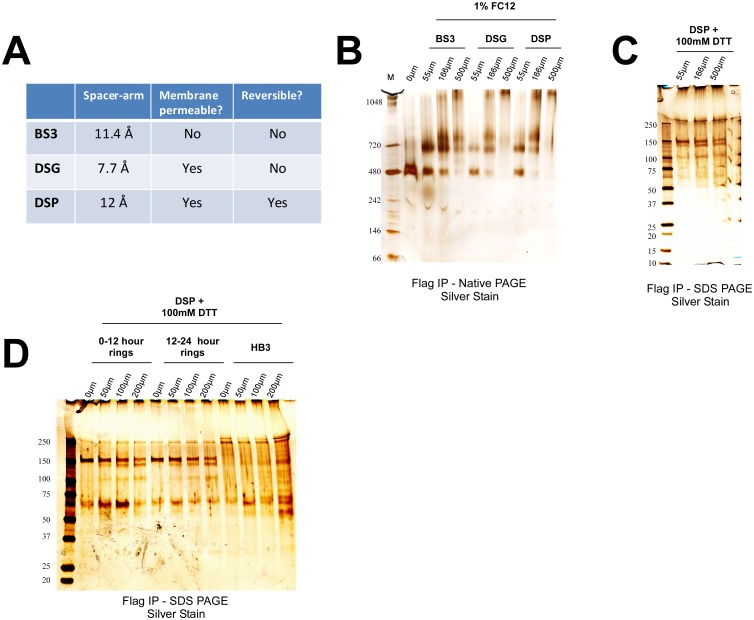Fig 3. Cross-linking studies with NHS-esters confirm the existence of CLAG3 complexes.
(A) The properties of the three different N-hydroxysulfosuccinimide esters (NHS-esters) used in this study: Bis(sulfosuccinimidyl) suberate (BS3), Disuccinimidyl glutarate (DSG), and Dithiobis (succinimidyl propionate) (DSP). (B) The 480kDa complex is observed with the use of 1% FC12, whereas addition of the three different NHS-esters results in the appearance of higher molecular weight complexes in a dose dependent manner (as determined by Native PAGE). (C) DSP cross-link was reversed with the addition of 100mM Dithiothreitol (DTT) and bands separated on SDS PAGE. The three prominent bands observed are consistent in size with CLAG3, RHOPH2, and RHOPH3. The band near 250kDa was subsequently found to also be present in HB3 negative control parasites (see next panel). (D) IP experiments on tightly synchronized parasites obtained without enrichment and cross-linked with DSP demonstrate no appreciable differences in the association CLAG3, RHOPH2, and RHOPH3 in early (0–12 hour) or late (12–24 hour) rings (when PSAC is inactive and active, respectively). HB3 was used as a negative control.

